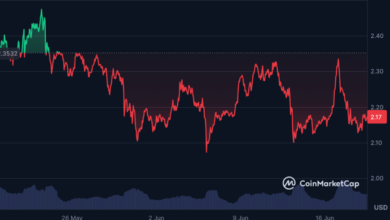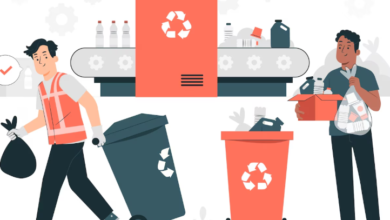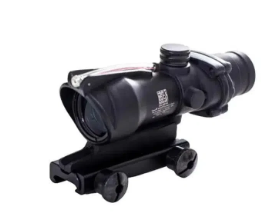EB-2 NIW Visa for Canada Citizens: A Pathway to Permanent Residency in the United States

For many professionals from Canada, building a career in the United States is a dream goal. While several work visa categories exist, one of the most advantageous for highly skilled Canadians is the EB-2 NIW (Employment-Based Second Preference, National Interest Waiver) visa. This pathway allows talented individuals to bypass the cumbersome employer sponsorship process and apply directly for a U.S. green card.
📝 What Is the EB-2 NIW Visa?
The EB-2 NIW is a U.S. employment-based immigrant visa designed for professionals with:
- An advanced degree (master’s or higher) or its equivalent (a bachelor’s degree plus five years of progressive work experience), or
- Exceptional ability in their field—whether in the sciences, arts, business, or other qualifying areas.
What makes the NIW unique is the waiver of the job offer and labor certification requirements if you can prove that your work will benefit the U.S. as a whole. This gives applicants more control over their green card process.
🍁 Why It’s Attractive for Canadians
Canadian professionals often stand out in the U.S. immigration system due to strong educational backgrounds, English language proficiency, and advanced research or business experience. The EB-2 NIW pathway offers several benefits to Canadians:
- No employer sponsorship needed
- Direct path to a green card (permanent residency)
- Ability to live and work anywhere in the U.S.
- Spouses and children can also get green cards
Unlike temporary work visas such as the TN or H-1B, the EB-2 NIW is an immigrant visa, meaning it leads directly to permanent residency.
See also: Unlock Your Business’s True Worth: Get a Confidential Valuation from Orlando Business Brokers.
📋 Eligibility Criteria for Canadians
To qualify for the EB-2 NIW, you must:
- Meet EB-2 eligibility (advanced degree or exceptional ability)
- Show that your proposed work has substantial merit and national importance to the U.S.
- Demonstrate that you are well positioned to advance the work
- Prove that waiving the job offer requirement would benefit the U.S.
Common fields for successful Canadian NIW applicants include:
- Healthcare and medical research
- Engineering and technology
- Environmental sciences
- Business innovation and entrepreneurship
📂 Application Process Overview
- File Form I-140 (Immigrant Petition for Alien Worker)
- Submit a personal statement and evidence portfolio proving your impact, publications, awards, and plans for U.S. benefit
- After I-140 approval and when your priority date is current, file Form I-485 to adjust status (if in the U.S.) or go through consular processing (if in Canada)
Spouses and unmarried children under 21 can apply as dependents.
📌 Tips for a Strong EB-2 NIW Petition
- Highlight how your work solves national-level problems (not just local or employer-based needs)
- Gather expert recommendation letters from recognized U.S. or international leaders
- Include evidence of publications, patents, funding, or media coverage
- Provide a clear plan of action for your future U.S. contributions
💼 Legal Help and Next Steps
While Canadians can file an EB-2 NIW petition without a job offer, the legal standard is high. It’s often beneficial to work with an immigration attorney experienced in NIW petitions to craft a strong case and organize supporting evidence.
🏁 Final Thoughts
The EB-2 NIW visa offers Canadians a strategic path to U.S. permanent residency without needing employer sponsorship. If you have advanced education or exceptional ability and want to make a lasting impact in the U.S., this visa could be your gateway to long-term success south of the border.





